5 traditional and historical festivals in the Hida,
Etchu and Noto areas are registered as UNESCO Intangible Cultural Properties

5 traditional and historical festivals in the Hida,
Etchu and Noto areas are registered as UNESCO Intangible Cultural Properties

Hietsuno's 5 Great UNESCO Festivals
Gifu, Toyama and Ishiyama, connected through UNESCO Intangible Heritage
New connections have been made between Gifu, Toyama, and Ishikawa Prefectures!
In 2016, traditional festivals in all three prefectures were designated Intangible Cultural Heritage (float-based festivals) by UNESCO.
Visit each of these traditional festivals, learn about the unique qualities of their floats and festival music, and in turn learn more about the area.
When you visit for the festivals, try visiting each area, and discover a new world on your travels.
Come visit the UNESCO Intagible Cultural Heritage Gifu, Toyama, and Ishikawa.
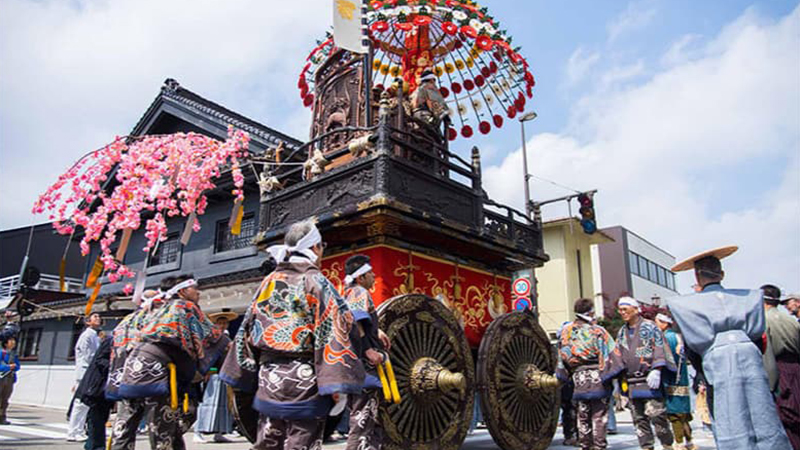
Takaoka Mikuruma-yama Festival
This large spring festival is held annually on May 1st at Takaokasekino Shrine in Takaoka City, Toyama Prefecture. 7 festival floats that bring together the best of Takaoka's metal and lacquerworks will parade elegantly through the historical streets of Old Takaoka to the accompaniment of traditional hayashi music. Aside from it's UNESCO designation as Intangible Cultural Heritage, it has also received the national designations of both Important Tangible Folk Cultural Property (for the 7 festival floats) and Important Intangible Folk Cultural Property.
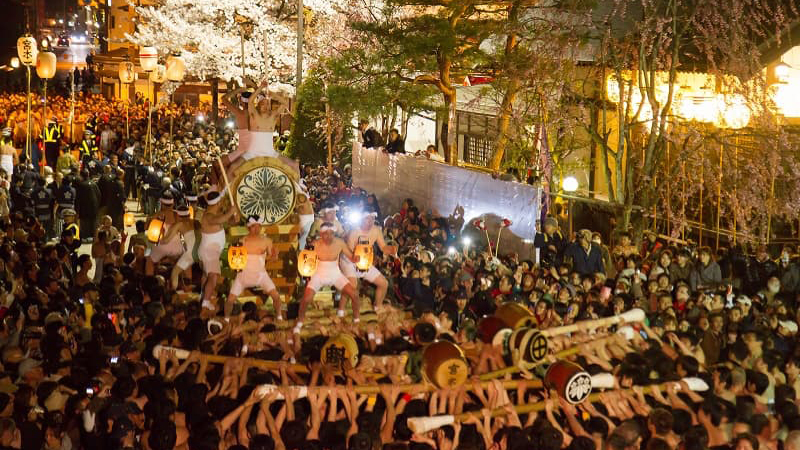
Furukawa Festival
Keta Wakamiya Shrine's annual festival is held every year on April 19th and 20th in Kogawa-cho, Hida City, Gifu Prefecture. A procession of portable shrines will be held, led by the beating of a drum known as "okoshi-daiko" (a "wake-up drum," because it was originally used to wake up the town), and a procession of 9 magnificent yatai floats. In addition to its status as UNESCO Intangible Cultural Heritage, it also has national designations as an Important Intangible Folk Cultural Property.
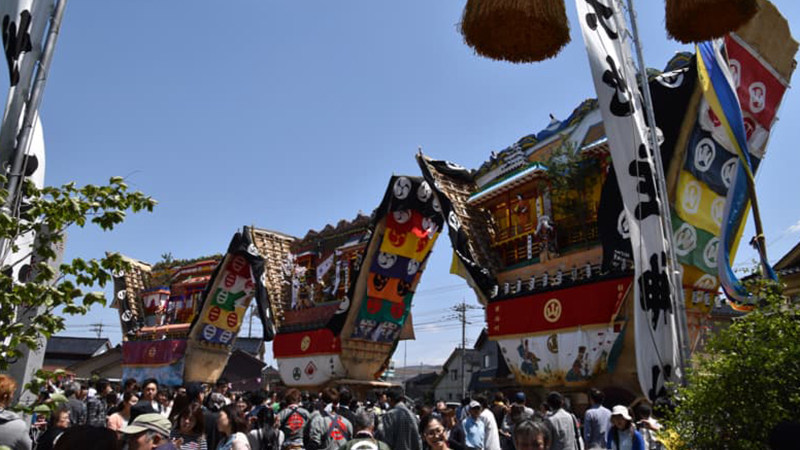
Seihaku Festival
The largest festival in the Nanto area, held amongst the fresh green leaves of May 3rd-5th. Three hikiyama floats will be pulled in this festival, 12 meters tall and weighing 20 tons, the largest in Japan. In the local dialect, the word for "large" is "dekai," leading these floats to be called "dekayama" (lit. "large mountain") floats.
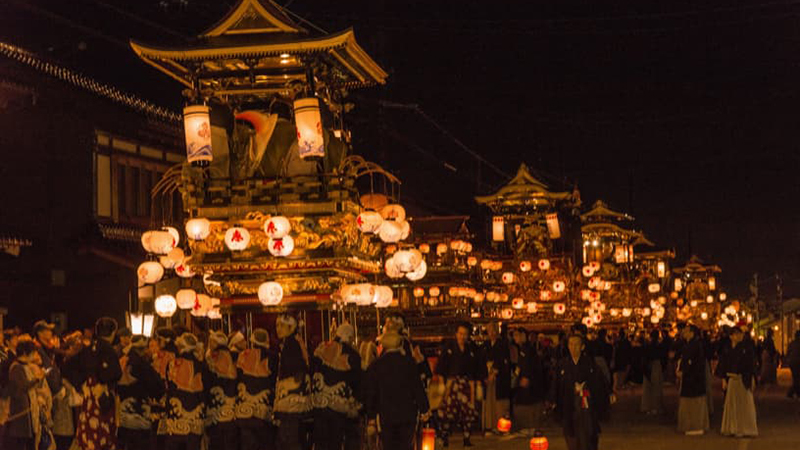
Johana Hikiyama Festival
An annual springtime festival held on May 5th at Johana Shimei-miya Shrine in the Johana area in Nanto City, Toyama Prefecture. It's magnificent hikiyama and iori floats are a spectacle processing throughout the town. In addition to its status as UNESCO Intangible Cultural Heritage, it also has national designations as an Important Intangible Folk Cultural Property.
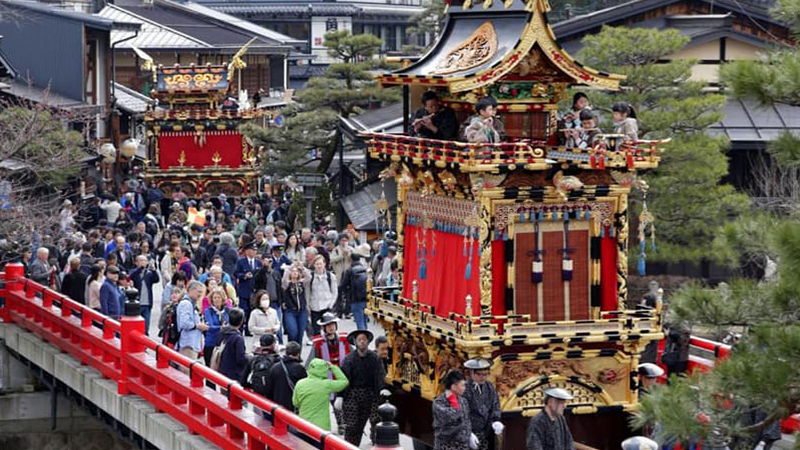
Takayama Festival
A general term for two annual festivals in Takayama City, Gifu Prefecture, Hie Shrine's Yama-o Festival on April 14th-15th, and Sakurayama Hachimangu Shrine's Hachiman Festial on October 9th-10th. Along with Kyoto's Gion Festival and Chichibu Yoma Festival in Chichibu City, Saitama Prefecture, this festival counted as one of Japan's Three Great Hikiyama Float Festivals. Together with these two festivals, it is also counted as one of Japan's Three Most Beautiful Festivals. In addition to its status as UNESCO Intangible Cultural Heritage, it also has national designations as an Important Intangible Folk Cultural Property.
Topics